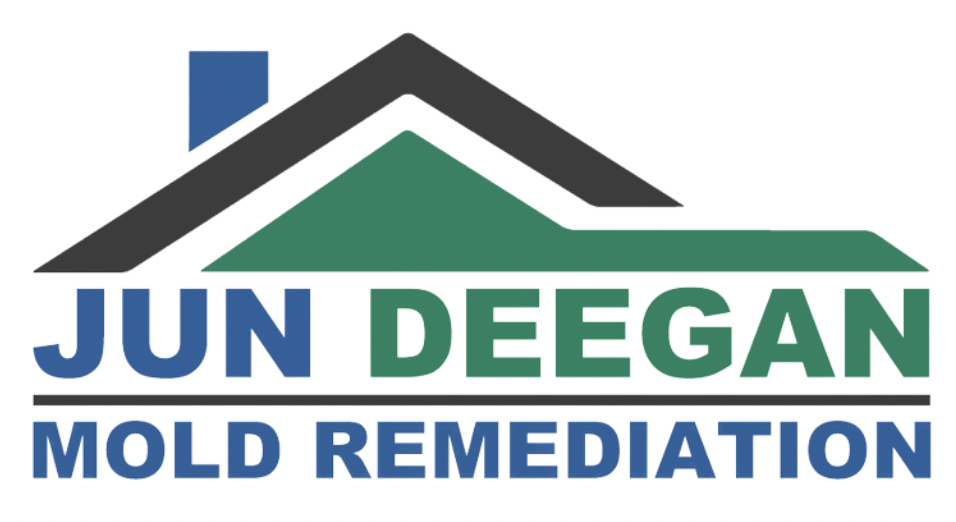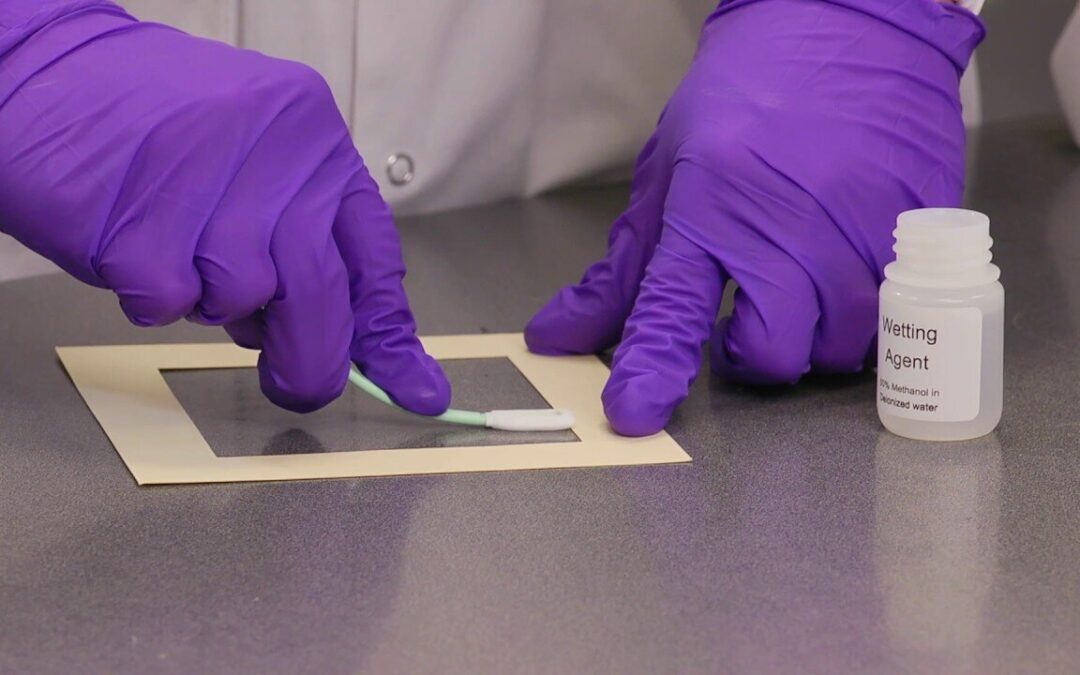When you suspect mold in your home, your first instinct might be to grab a test kit from a hardware store or online shop. DIY mold tests promise a quick and easy solution to a potentially big problem. But can they really tell you what you need to know? Are they accurate, and more importantly—are they worth your time and money?
Mold is more than just an unsightly inconvenience. It can lead to serious health issues, especially for people with allergies, asthma, or weakened immune systems. It can also damage your property, degrade air quality, and drive up repair costs if left unchecked. That’s why many homeowners want to act fast. But fast doesn’t always mean effective.
In this blog post, we’ll take a close look at DIY mold tests, how they work, their limitations, and when it’s smarter to call in the professionals. If you’re debating between a home test and a professional inspection, read this first.
What Are DIY Mold Tests?
DIY mold test kits are marketed as an accessible way for homeowners to check for mold without hiring a professional. You can find them online or at local home improvement stores, usually for a relatively low cost. These kits typically include petri dishes or spore traps designed to collect airborne mold spores or swab samples from suspected surfaces.
After you collect the sample, you either interpret the results at home or send the sample to a lab for analysis. Most kits advertise results in as little as 48 hours. The convenience and affordability of DIY tests are what make them appealing to the average homeowner. But the question remains: are they reliable?
Let’s explore how these tests work and where they may fall short.
How DIY Mold Tests Work (and Where They Fail)
DIY mold tests typically operate using settle plates, air cassettes, or surface swabs. Each method is designed to collect mold spores from your environment and offer basic insight into potential mold presence.
- Settle plate kits involve leaving a petri dish out to collect spores that naturally fall from the air. These are the most common kits, but they may only capture a limited portion of airborne mold, depending on airflow and location.
- Air cassette kits use a small pump to draw in air and trap mold spores on a sticky surface. These are somewhat more accurate than passive tests but are sensitive to how and where the sample is taken.
- Swab kits allow you to gather samples from visible mold growth or suspicious surfaces. These can help confirm the presence of mold in known spots but won’t help if the source is hidden.
While these methods can indicate the presence of mold, they rarely identify the type or concentration accurately. Worse, they may miss hidden mold growth entirely. These tests also don’t provide context—like whether the mold is toxic, how widespread it is, or what the moisture source might be.
The Limitations of DIY Mold Tests
One of the biggest issues with DIY mold testing is the lack of accuracy and actionable data. Mold spores are naturally present in almost every environment, so it’s normal to get some kind of reading from a test. But not all mold is dangerous, and test results don’t tell you what kind of mold you have or whether it poses a risk.
Homeowners often interpret the presence of any mold as a serious problem, which can lead to unnecessary panic or costly overreactions. On the flip side, a false sense of security from a “clean” result may lead you to ignore a hidden mold issue that continues to grow.
Most kits also don’t account for variables like humidity, temperature, or airflow, all of which affect spore levels. Without professional interpretation, it’s easy to misread the results or miss a bigger problem hiding behind walls, under flooring, or inside ducts.
DIY kits also can’t perform moisture mapping, thermal imaging, or in-depth inspections—all of which are standard in a professional assessment.
When DIY Mold Tests Might Help
Despite their flaws, DIY mold tests can be useful in limited circumstances, especially if you already see visible mold. If you’re looking for a low-cost first step or simply want to confirm your suspicion of mold in a particular area, a DIY test may offer a basic yes-or-no answer.
These tests may also help when:
- You want to check a specific room or surface before calling a professional. A positive result can help justify further inspection.
- You’re monitoring a previously cleaned mold area for regrowth. Swab tests can help confirm whether mold has returned.
- You’re curious about air quality but aren’t seeing major health symptoms or visible mold.
In these cases, DIY mold tests offer a preliminary glance, but they should never be the final word. They’re a screening tool, not a diagnosis.
Why Professional Mold Testing Offers More
Professional mold inspections go beyond surface-level results. Certified inspectors use specialized equipment to detect mold behind walls, under floors, and in air ducts. They also provide detailed reports on mold type, spore concentration, and source identification.
Unlike DIY kits, professionals conduct:
- Moisture mapping to find leaks or humidity issues fueling mold growth.
- Thermal imaging to detect temperature differences that signal water intrusion.
- Air sampling compared to outdoor baselines to identify abnormal mold levels.
- Lab testing to identify specific mold types and their toxicity.
Professionals also offer guidance on how to fix the problem, not just identify it. That includes remediation recommendations, ventilation fixes, and follow-up testing. If you need documentation for landlords, insurance claims, or property sales, only a professional report will hold up.
Cost Comparison: DIY vs. Professional Testing
Many people turn to DIY mold tests because they seem cheaper. While it’s true that a typical home kit might cost $10–$50, the cost of inaccuracy can be much higher. False positives may lead you to pay for remediation you don’t need. False negatives may let a dangerous mold issue spread unnoticed.
Professional mold inspections typically cost more upfront, but they provide trusted results, expert insight, and real solutions. They also help you avoid long-term costs related to health care, property damage, or failed real estate transactions.
Think of professional testing as an investment in peace of mind and property value. When it comes to something as serious as mold, clarity is worth the price.
When to Skip DIY and Call the Pros
You should always call a professional if:
- You suspect widespread or hidden mold (e.g., from a flood or roof leak).
- You or your family have ongoing respiratory symptoms that worsen indoors.
- You need documentation for landlords, real estate, or insurance.
- You see mold in HVAC ducts, crawlspaces, or structural materials.
- You’ve used a DIY kit and want a second opinion before remediation.
Mold is a complex, fast-spreading problem. Don’t leave your health or property up to a petri dish.
The Bottom Line on DIY Mold Tests
DIY mold tests may have a place as a first step or rough indicator, but they are not a substitute for professional inspection. They lack the accuracy, context, and expert guidance needed to truly assess and solve a mold problem.
If you’re serious about identifying mold, protecting your health, or preparing for a property transaction, investing in professional testing is the smart move. It provides a complete picture and ensures that you can respond with confidence.
📞 Call Jun Deegan Mold Remediation at (908) 322-1533
📧 Email: info@jun-deegan-mold-remediation.com
🌐 Visit: www.jun-deegan-mold-remediation.com
We offer thorough, reliable mold inspections throughout New Jersey to help you breathe easier and live healthier.



